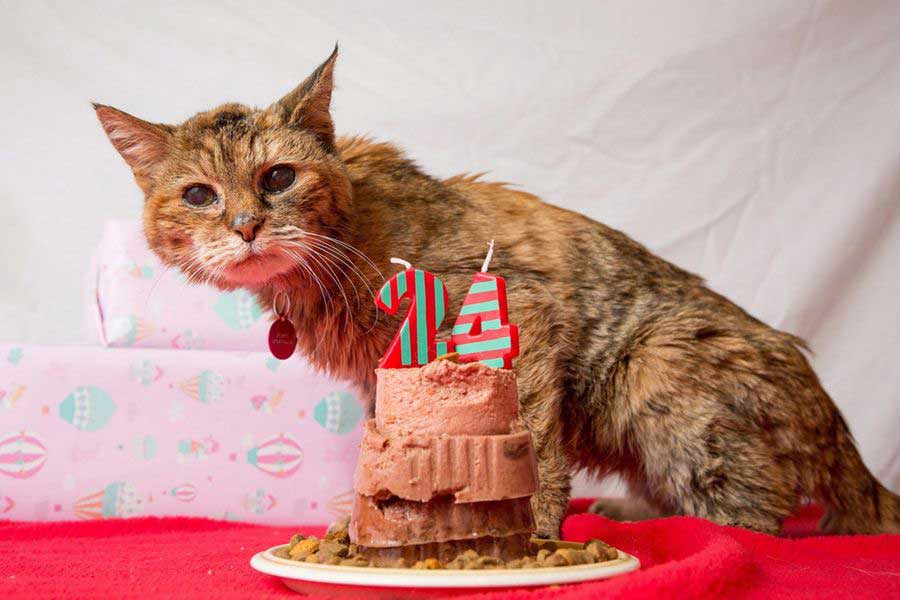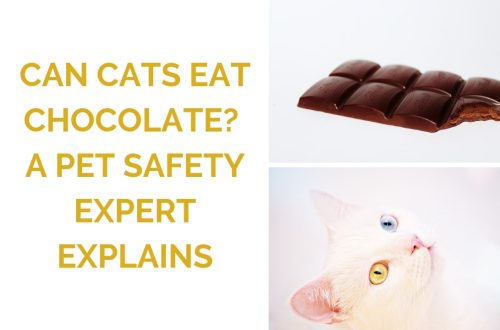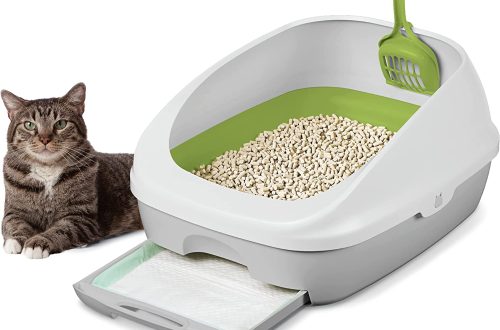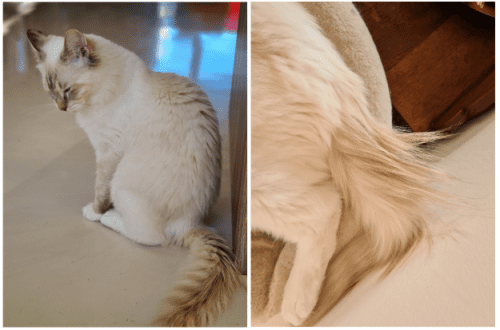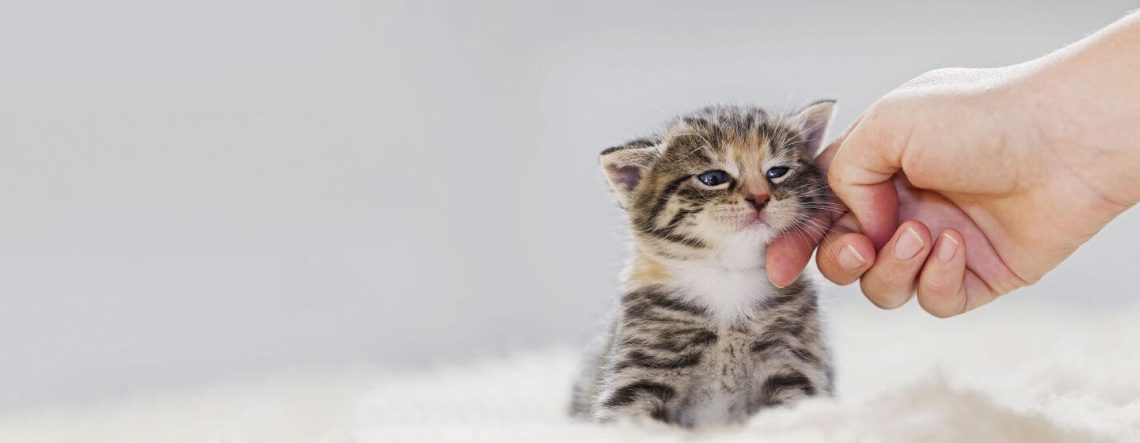
“Old cat: signs of “venerable” age”
When we get a kitten, it’s hard to imagine that in 10 years he will already be an elderly pet on the verge of old age. However, if you provide your old cat with good care, if you are attentive to the slightest changes in appearance or behavior, the purr will delight you for many more years.
Signs of Aging in Cats
In order to understand in time when your pet needs extra attention, you need to know the main signs of aging in cats:
- The skin is flaky, the coat becomes dryish, thinner.
- Teeth turn yellow, wear out, sometimes fall out.
- The cat loses or sharply gains weight, eats noticeably more or, conversely, less.
- The pet goes to the toilet more often.
- Apathy, lethargy.
- Purring loses flexibility, joint problems appear.
- Irritations and swellings on the body.
Diseases of old cats
Metabolism slows down in old age, which makes the cat more susceptible to a number of ailments: cancer, anemia, arthritis, kidney disease, diabetes. The best treatment for these diseases is prevention and early detection of symptoms. It is advisable to be observed by a familiar veterinarian who has studied your pet well and will be able to notice changes in time. It is also useful to keep records: what vaccinations were given and when, what diseases the cat suffered, whether there were any injuries. If you change veterinarians, these records will be very helpful.
Caring for an old cat
The main factors in maintaining the well-being of an old cat:
- Healthy diet (usually low-calorie).
- Moderate exercise.
- Regular check-ups by a veterinarian (including dental check-ups).
Carefully monitor the condition of your pet’s teeth, look for any abscesses or gum disease. And gradually transition the purr from solid food to soft food or specialized food for older cats.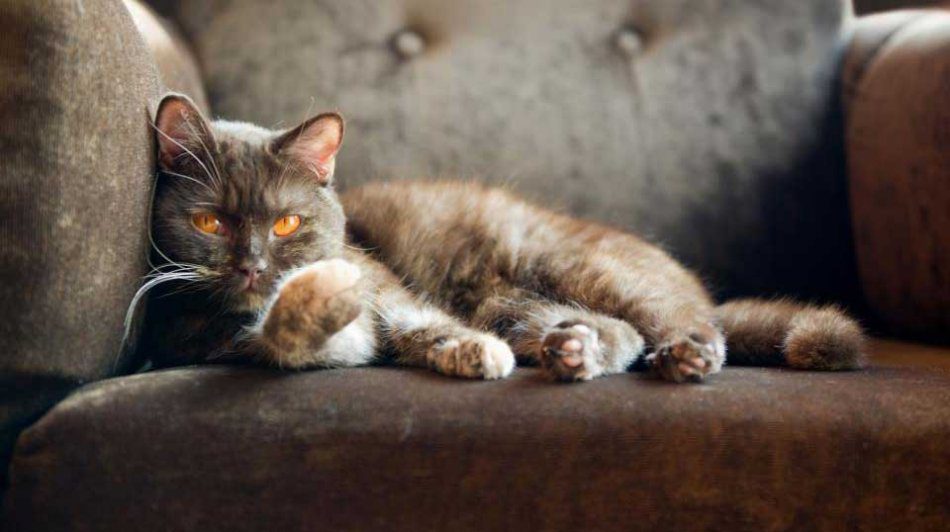 However, the “sunset years” also have advantages. The cat becomes more restrained, less afraid of strangers, more tolerant of everyday changes. Do not forget that the pet has pleased you for many years and gave its affection. Therefore, he deserves a comfortable old age next to his loving family.
However, the “sunset years” also have advantages. The cat becomes more restrained, less afraid of strangers, more tolerant of everyday changes. Do not forget that the pet has pleased you for many years and gave its affection. Therefore, he deserves a comfortable old age next to his loving family.



